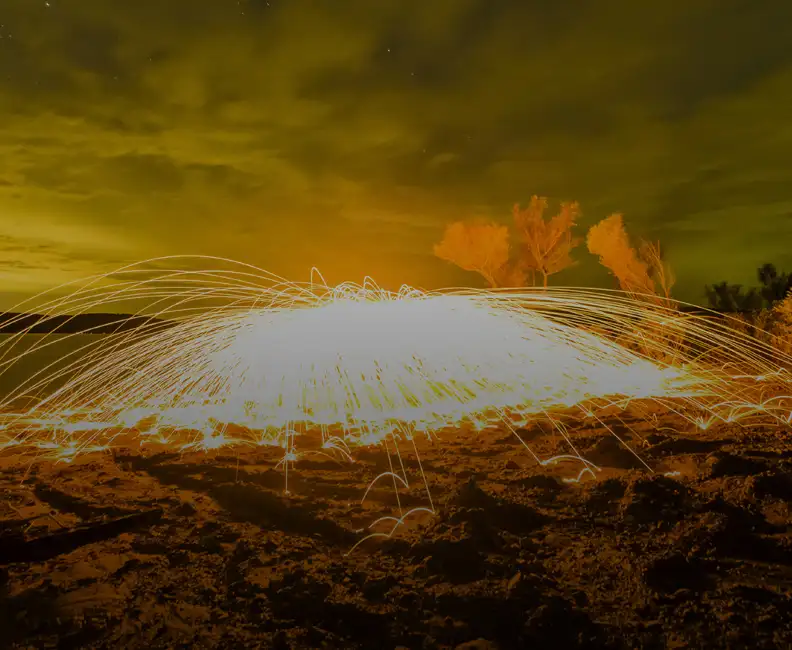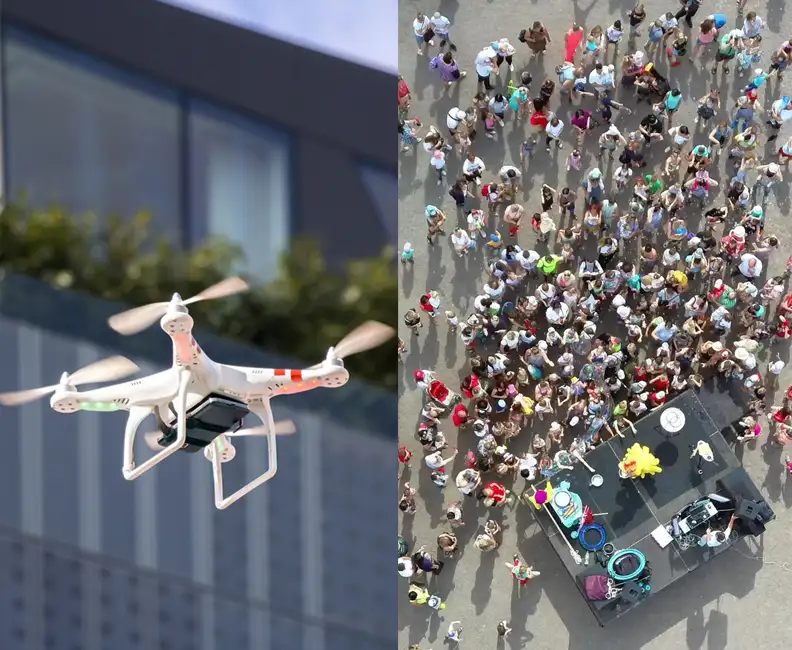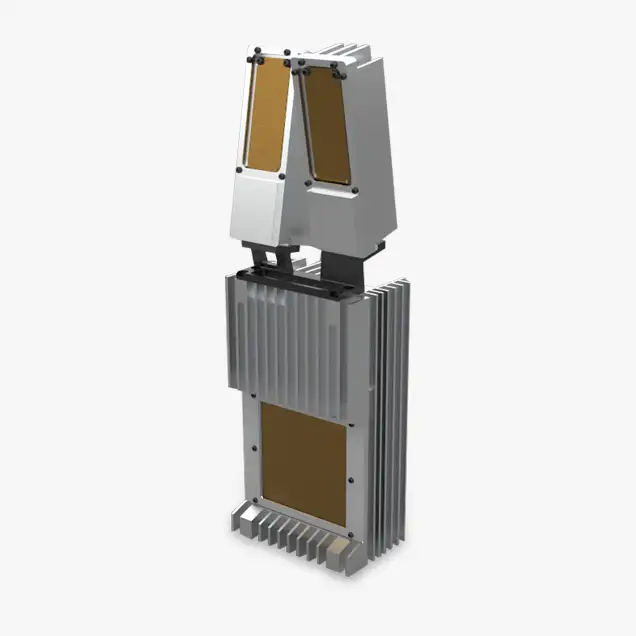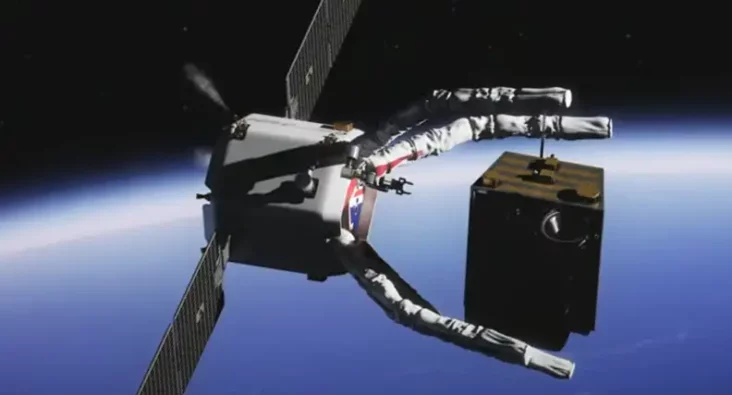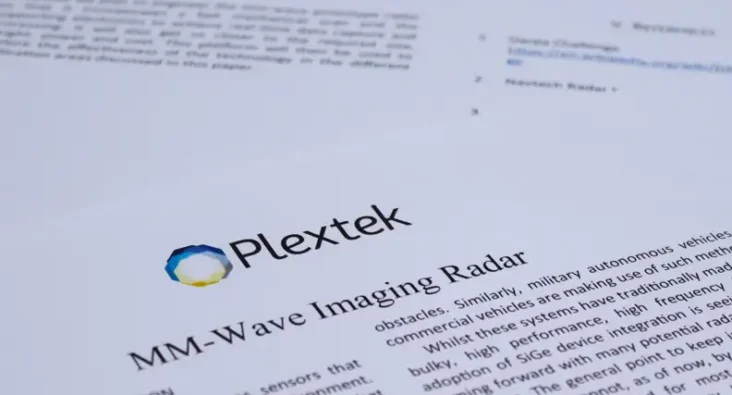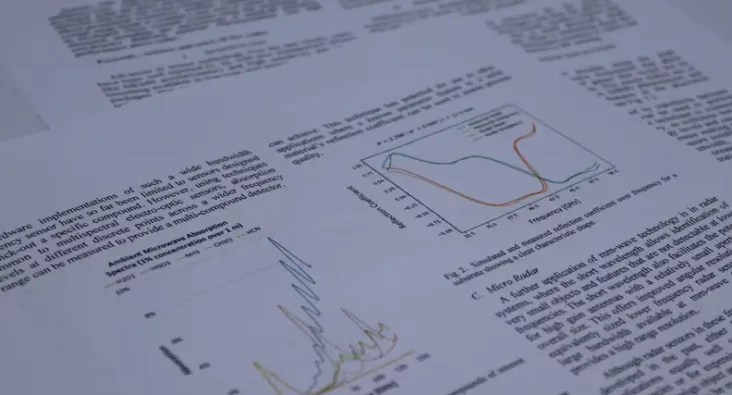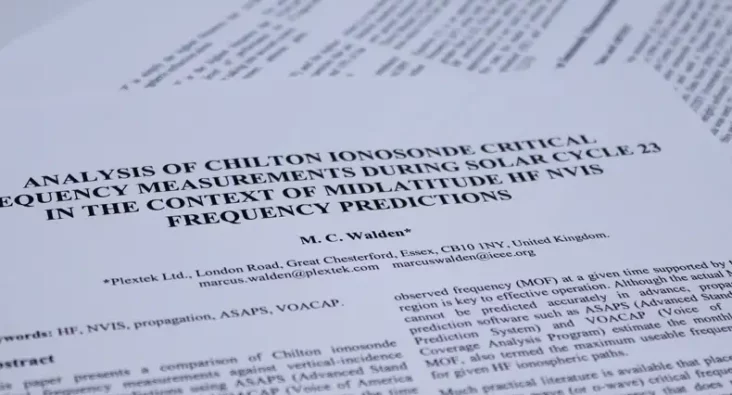
Written by Dr Tom Rouse
Principal Consultant
Are there really any benefits to 5G?
Is the hype around 5G living up to expectations?
When 5G was announced several years ago there was great fanfare. Proponents of the latest iteration of the technology standard for broadband cellular networks promised revolutionary improvements in capacity, latency and IoT connectivity.
But since widespread rollout, have we seen a connectivity revolution?
The simple answer is no, and the facts speak volumes. A recent survey from online Uswitch reports that less than half of 5G users notice any improvement in speed or reliability, and one in six mobile users feel 5G is ‘overhyped’. The widely reported survey sought the opinions of 2,000 UK-based 5G users, and as well as a degree of disillusionment, the results also revealed a digital divide between urban and rural users. Some 17% of those living outside densely populated urban areas suggest they have never been able to get a 5G connection, despite having a 5G-enabled handset, compared with 6% of those in built-up areas.
The efficacy of the current UK 5G provision
Statistics from 4g.co.uk show that typically 5G only provides 2% of the advertised speeds.
The initial hype may indeed have set unrealistic expectations, for example, the often-quoted 1ms latency capability. To start with, this level only applies to the ultra-reliable low-latency communication (URLLC) mode, not the more common enhanced Mobile BroadBand (eMBB) configuration.
This timing is also for the user plane latency – one way rather than a round trip – and it is only a capability, not a requirement. It fails to manage expectations for the laws of physics when equipment is separated by some distance, which will add at least another 1 millisecond for every 300 km the data travels. So remote surgery may be possible if the patient is not too far away – but will prove tricky on the other side of the planet. The benefit of 5G over 4G is even worse for some IoT configurations, such as NB-IoT (Narrowband Internet of things, a low-power wide-area network radio communication technology standard) and LTE-M (Long-Term Evolution Machine Type Communication, another low-power wide-area network radio communication technology standard), which were originally developed as part of 4G and have been re-badged as 5G.
However, perhaps the biggest problem is that arguably the defining feature of 5G is its flexibility. There are several ways to deploy 5G, from a brand new standalone base station supporting all the features, to a migration using 4G equipment with just an additional 5G air interface connected. A by-product of this is that some phones may display a 5G icon even when connected to a 4G air interface and core network, so the reason 5G is showing no benefit over 4G is that you are still on 4G!
The same flexibility also allows massively simplified base station deployment at reduced cost by distributing the Radio Access Network (RAN), potentially even in the cloud, by only replicating the minimum parts required to transmit and receive the signal and sharing the costly processing resources between many cells. This saves money and balances the load.
This should mean that instead of a complete base station, it is possible to add cells to improve capacity and coverage with smaller, cheaper, less power hungry and simpler hardware.
The near-future benefits that 5G will unlock
Simply put, 5G does potentially offer significant benefits over previous systems, but we are not exploiting them yet.
The massive capacity at mmWave – the band of spectrum with wavelengths between 10 millimetres (30 GHz) and 1 millimetre (300 GHz), which is 20Gbps for a single user, remains untapped. Judging by the comparatively low prices these frequencies are going for at auction, there is currently little operator interest.
Yet, with advanced features such as network slicing and massive Multiple Input Multiple Output (MIMO) antenna arrays, 5G should be able to offer a dazzling array of services, and provide high performance, reliable communications with pop-up infrastructure for disaster relief, for example.
It should also be able to deliver fixed wireless access for rural broadband, meet demand at large sporting events and facilitate private networks with services such as multiple high-definition video streams for live broadcast.
Let’s not forget – despite the rapid evolution of technology – that 5G is still in its infancy. Launched and trialled only three years ago in the UK, we are only just beginning to scratch the surface of 5G’s true potential.
Going back to that USwitch survey, it found that parts of the UK were still struggling for signal based on older generation technology – in Yorkshire, for example, just 48% of residents said they receive a reliable 4G service, and 14% said they often had to use the 1990s-based 2G network.
While many people don’t even yet own a 5G-enabled phone, there are still infrastructure issues holding back the true power of 5G. A great many of the current raft of 5G services on offer are still effectively being delivered by simply bolting 5G radio antennas to the same network infrastructure used for existing 4G services.
The promises of 5G, including ultra-low latency, very high data rates and the ability to support many more devices per cell than with 4G, will only come to fruition with badly needed upgrades to the infrastructure.
These upgrades are time consuming, expensive, and often complex.
So, while the huge operator expenditure required to gradually update infrastructure means mobile broadband may understandably only be seeing an evolutionary improvement, 5G does provide the potential for a revolution which currently needs unlocking – with some imagination and a viable business case.
Technology Platforms
Plextek's 'white-label' technology platforms allow you to accelerate product development, streamline efficiencies, and access our extensive R&D expertise to suit your project needs.
- 01 Configurable mmWave Radar ModuleConfigurable mmWave Radar Module
Plextek’s PLX-T60 platform enables rapid development and deployment of custom mmWave radar solutions at scale and pace
- 02 Configurable IoT FrameworkConfigurable IoT Framework
Plextek’s IoT framework enables rapid development and deployment of custom IoT solutions, particularly those requiring extended operation on battery power
- 03 Ubiquitous RadarUbiquitous Radar
Plextek's Ubiquitous Radar will detect returns from many directions simultaneously and accurately, differentiating between drones and birds, and even determining the size and type of drone


